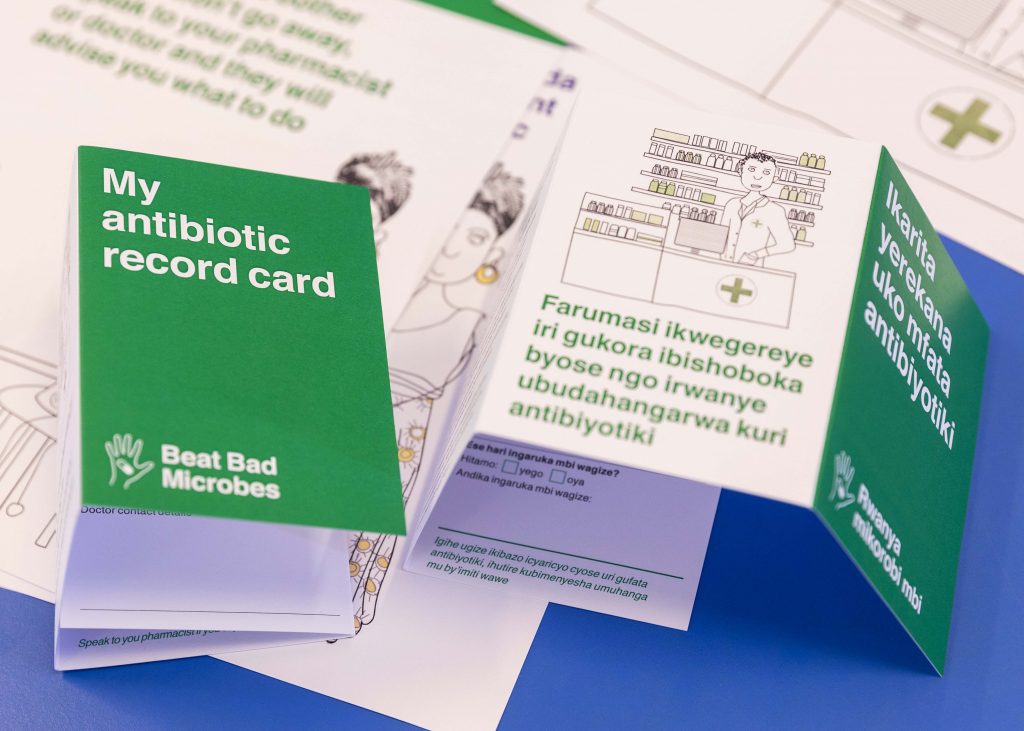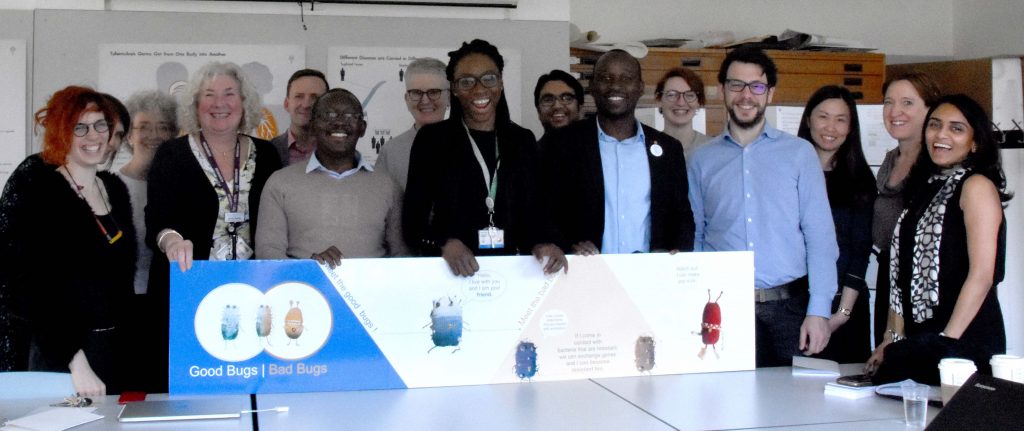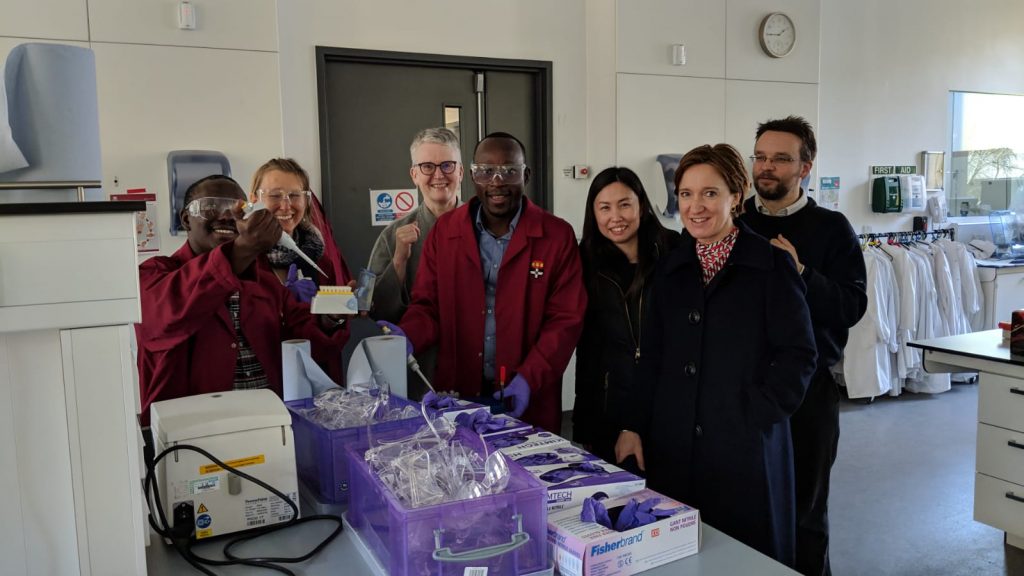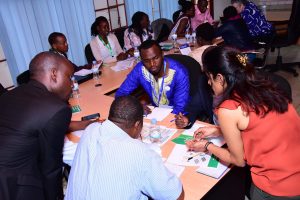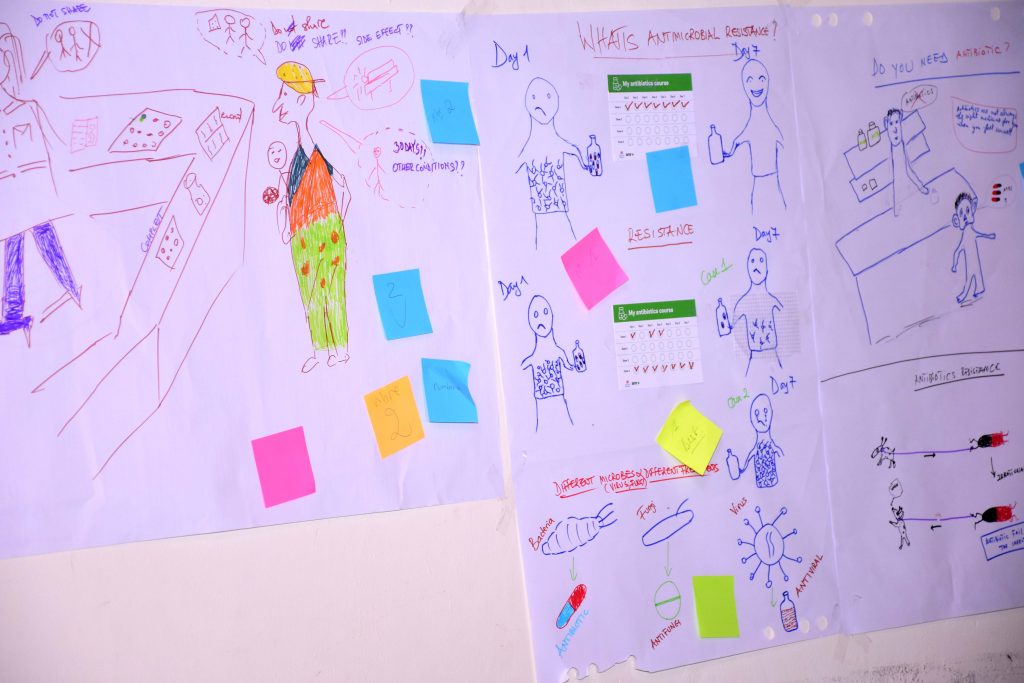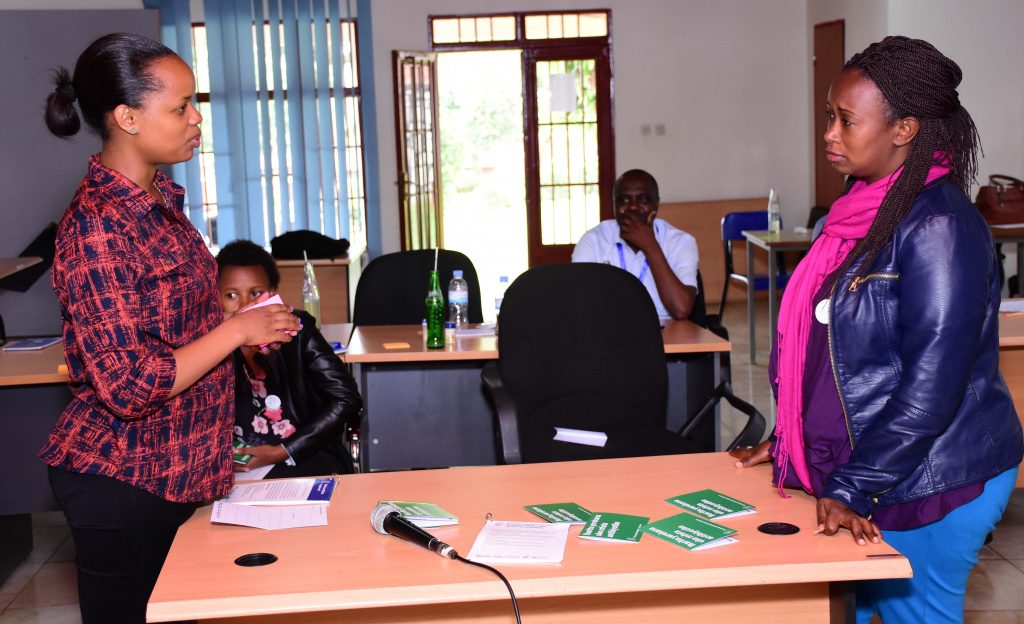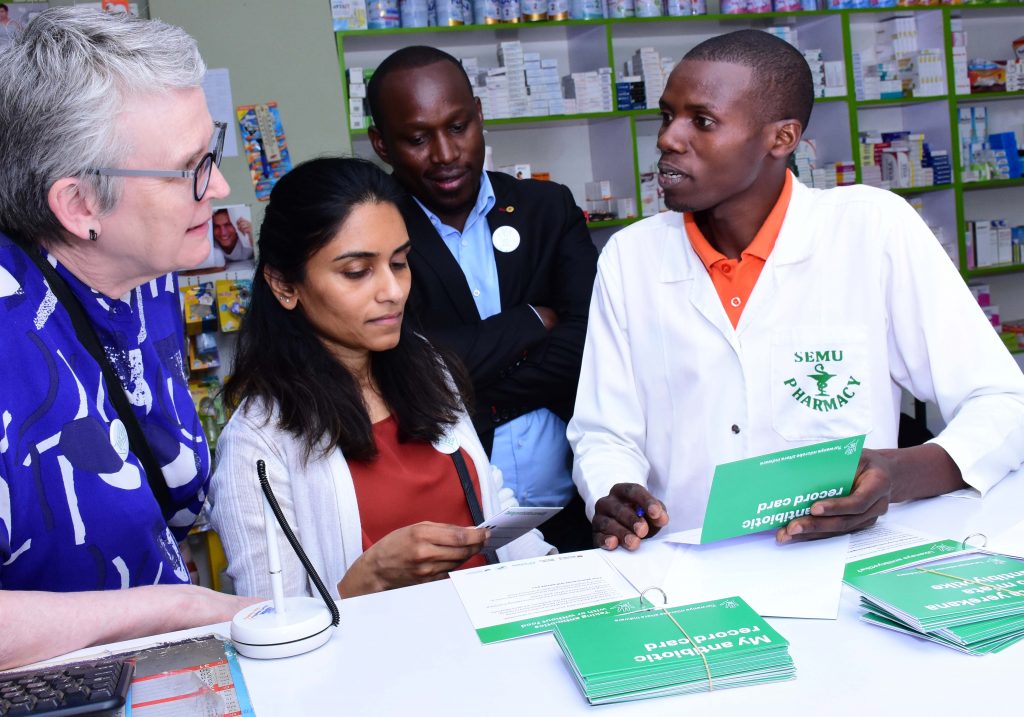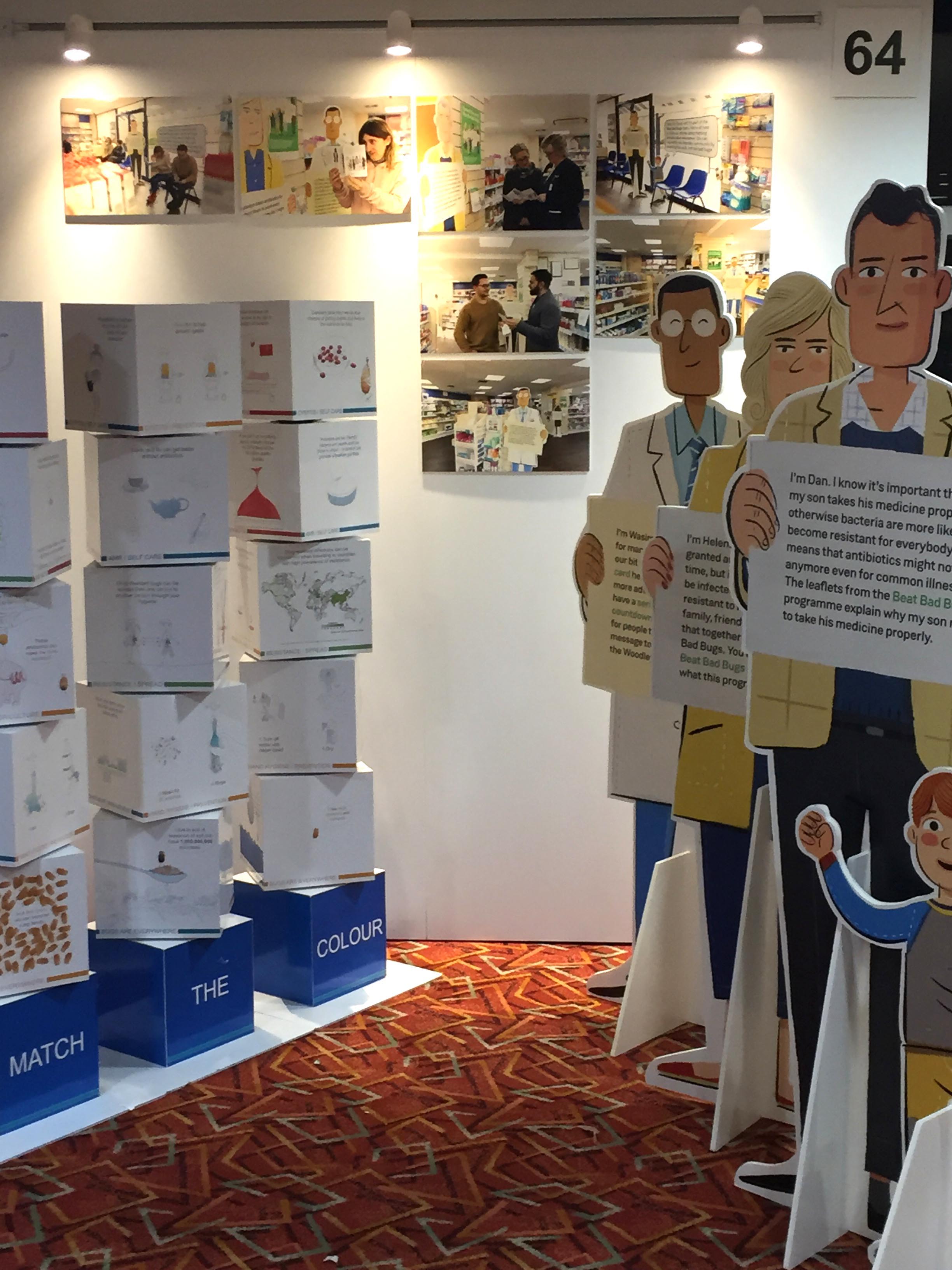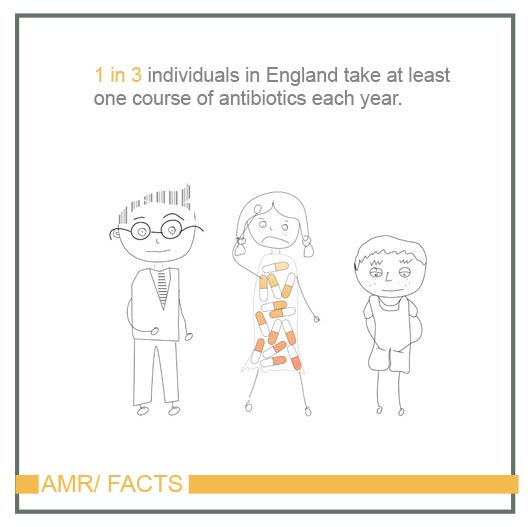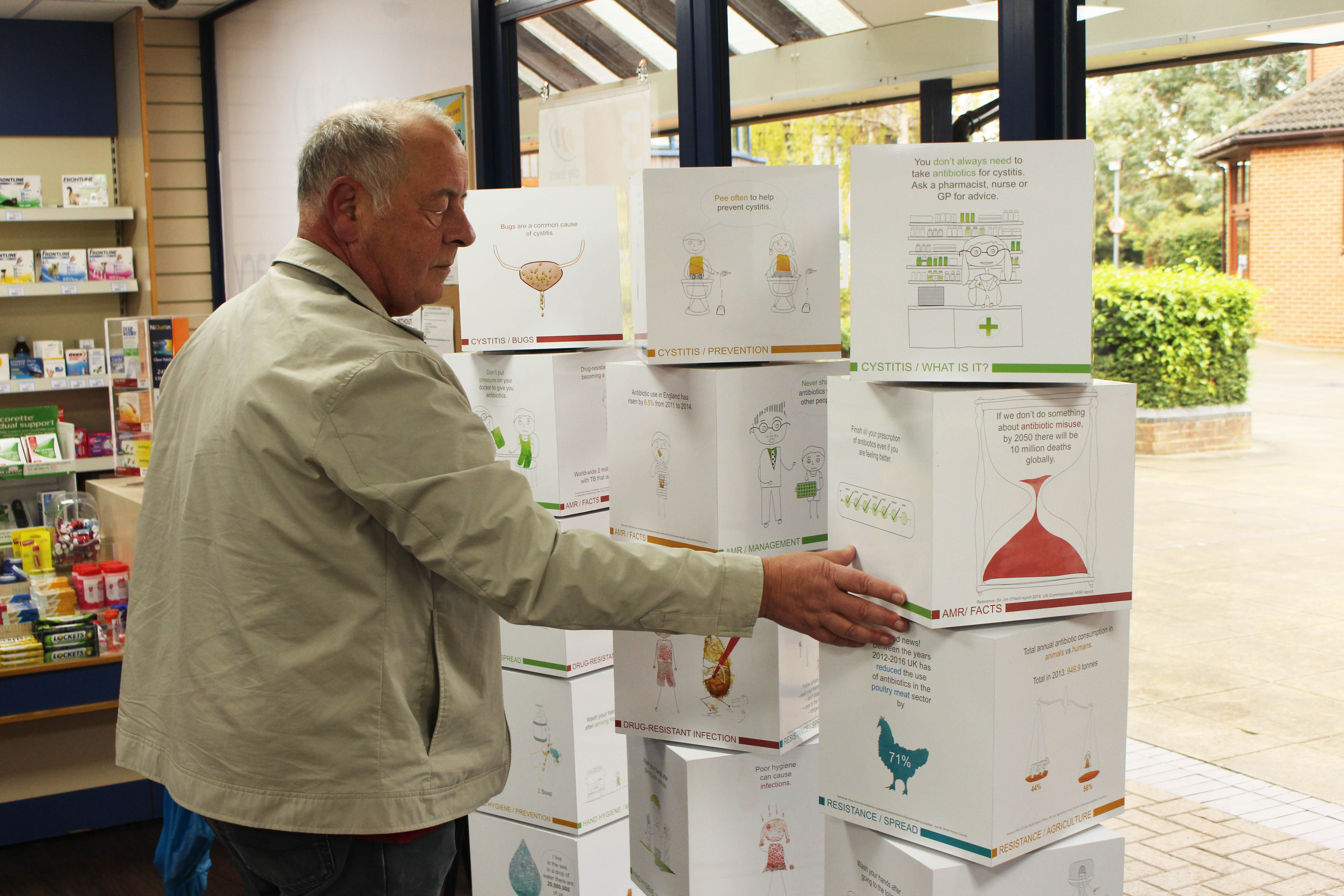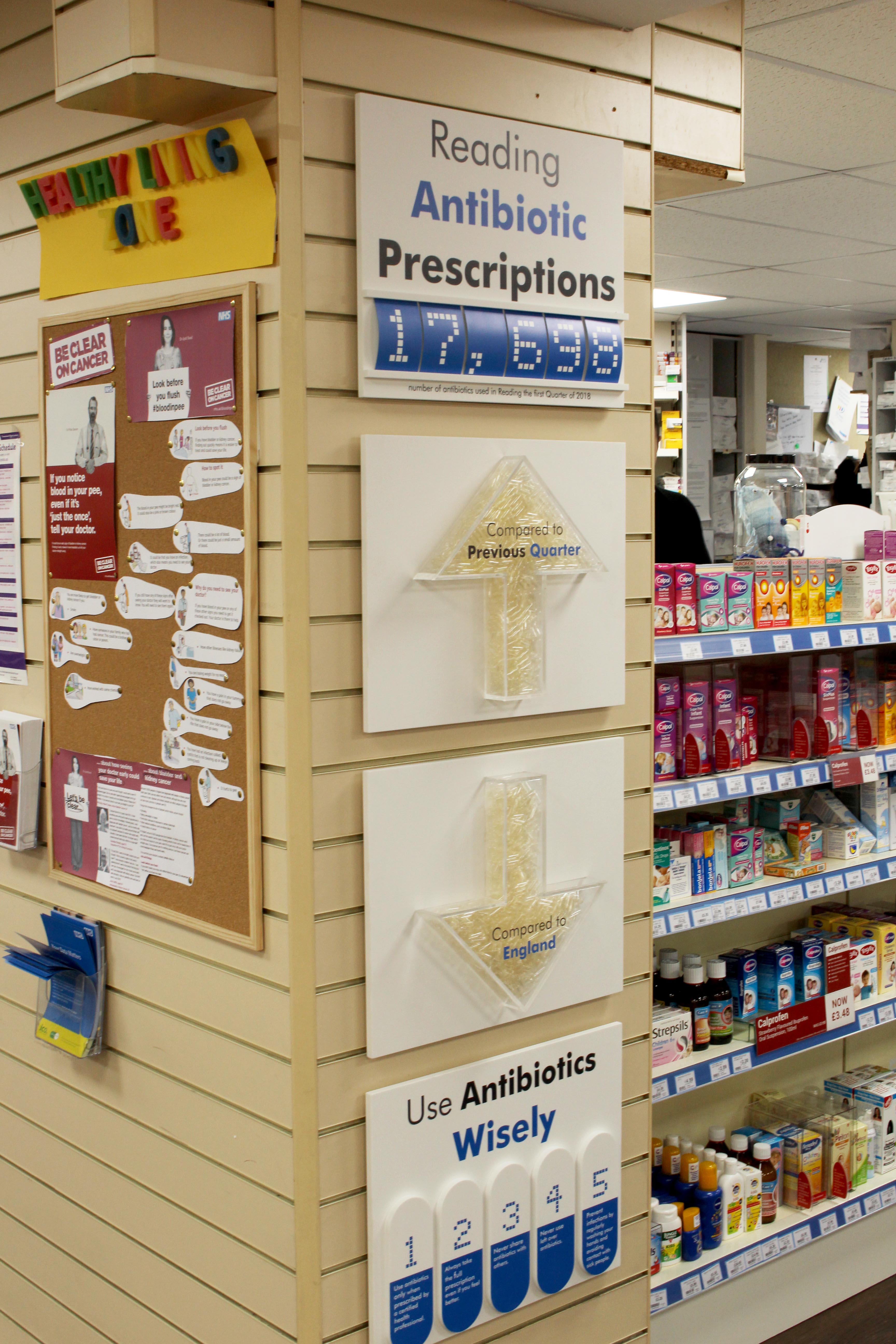Miranda Mole, IDAPPS PDRA, writes:
Antimicrobial resistance threatens healthcare, many of the breakthroughs in healthcare are reliant on antibiotics – a valuable tool post-surgery. Some are suggesting that if antibiotics no longer work then not only will bacterial infections be much more serious, but the hospitals will have to stop routine surgical procedures.
Threats can help us to be inventive. It is often suggested that during periods of war, the government spending will often more generally, foster innovation and economic growth. The American interest in science and technology, during WW2 had the benefit of later economic growth. indeed, ideation may be similar, individuals are thrown into groups or even countries with new and different ideas.
Otto Neurath – of Isotype renown – was connected with the members of the Vienna circle who emphasised the value of evidence that was empirical or directly observed. Given the time period and cultural background within which Neurath was situated it is unsurprising that scientific knowledge and communication was heralded as a unifying force for society. That is not to say that he thought science or communication was not value laden, but he viewed it as without social or cultural prejudice. He wanted to express complex information in a way that was understandable to everyone developing a visual pictorial system as he was aware how important visuals are to our daily life, he understood that
‘Modern man receives a large part of his knowledge and general education by way of pictorial impressions, illustrations, photographs, films. Daily newspapers bring more pictures from year to year. In addition, the advertising business operates with optical signals as well as representations…’, so no surprise then that information about health was part of his preferred repertoire of visual communication.
Neurath’s work can inspire us to simplify information by making the message unambiguous, rather than by manipulating emotions, and trying to scare people into behaving in a certain way. He thought that information was potentially socially liberating.
How to connect with different messages? Another member of the Vienna circle had some interesting ideas that may contribute to this debate. Paul Lazarsfeld studied the way that US citizens decided to vote in presidential elections, suggesting that communication is more than providing people with information, it operates in a two-step model. Information is filtered through your primary circle of family, friends and acquaintances where the information is discussed and debated. Some members of this circle may be more influential, like ‘opinion leaders’ who receive the information and then discuss it and reinterpret it, others then construct and reinterpret the information, but it is the ‘opinion formers’ who influence individuals to change their opinions, attitudes and behaviours. Lazarsfeld thought opinion leaders had more influence on people’s opinions and behaviours than the media. The reasoning behind this was that opinion formers are trustworthy seen as giving opinion without any self-interest of personal gain, while the mass media can act as a reinforcing agent.
So, what has this to do with helping people understand the dangers of drug-resistant infection?
We can provide the information in a clear manner using infographics and also in a way that can stimulate or connect with the conversations and debates surrounding the issue. Our project competition provides an opportunity to enhance the interaction between information designers and architects, people who use pharmacies and not least, community pharmacists who have the potential to be useful opinion formers, and champions against the inappropriate use of antibiotics.

